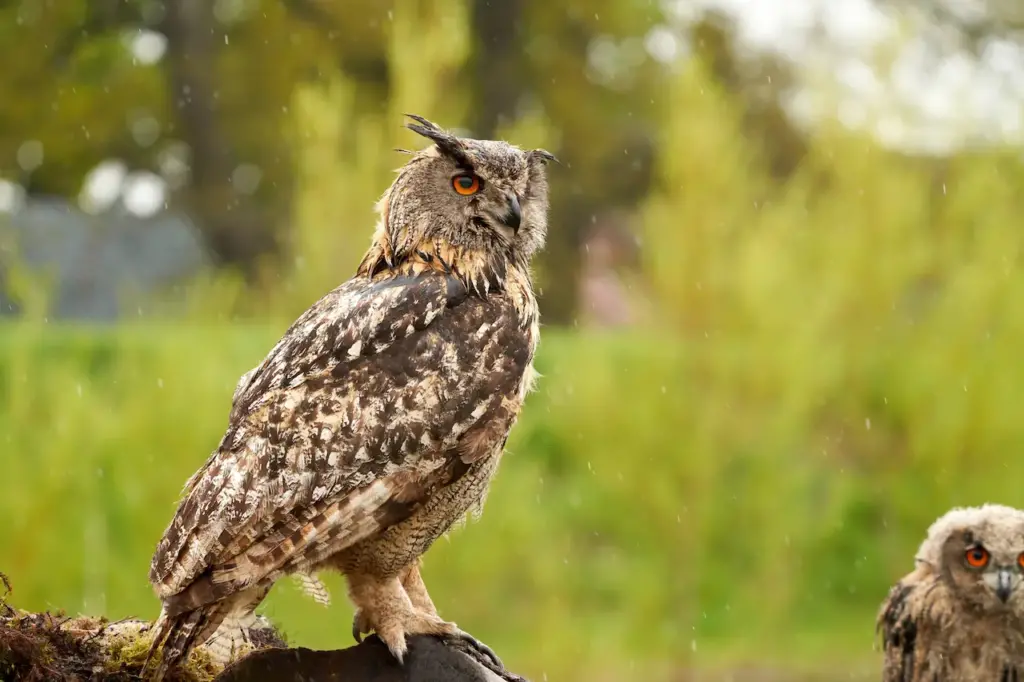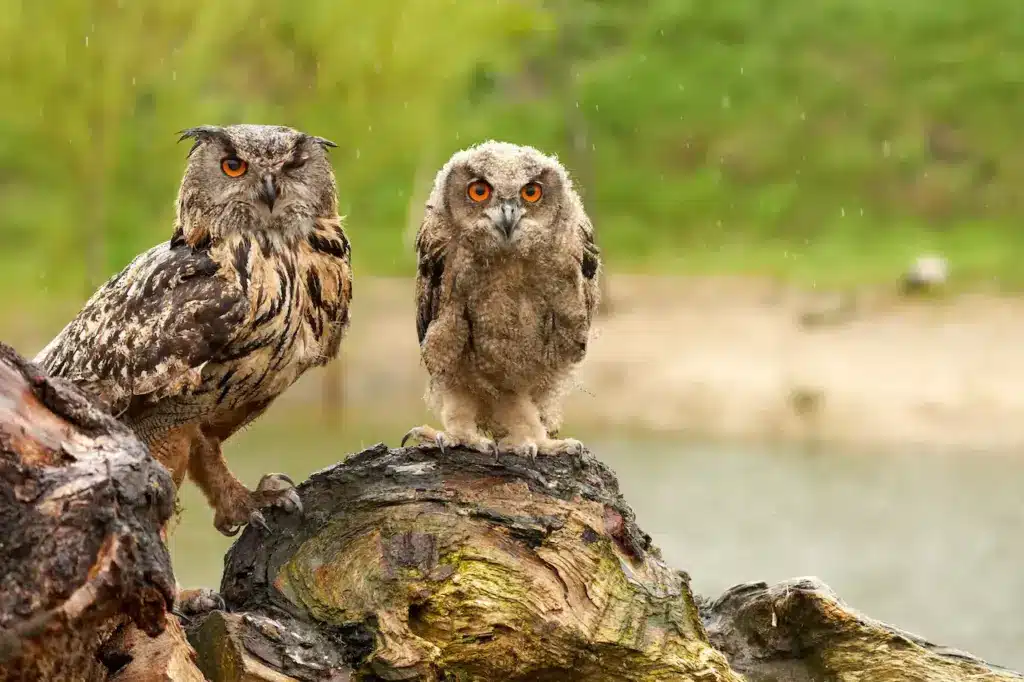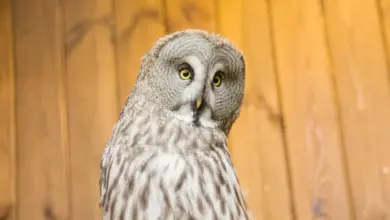The world’s rain forests are home to many species of raptors, or birds of prey, including hawks, owls and eagles. These predatory birds feed on a variety of prey, depending on their size and species. Some hunt small rodents, birds and insects. Some catch fish, while still others specialize in attacking snakes.
[ez-toc]

But almost every tropical food web contains an eagle large enough to qualify as one of the top, or apex predators in the rain forest— a raptor so powerful it is able to kill monkeys as well as other birds of prey.
One of the world’s largest eagles is the harpy eagle (Harpia harpyja) of the South and Central American rain forests. Females, which are larger than males, can grow to be 20 pounds (9kg) in weight and nearly 3.5 feet (105cm) from beak to tail, with a wingspan of well over 6 feet. Harpies prey on such medium-size rainforest creatures as monkeys, sloths and coatis. Unfortunately, the numbers of this eagle throughout much of its range have diminished greatly over the past several decades due to habitat loss caused by extensive logging and clearing of the rain forests. It is listed as Near Threatened by the IUCN.
The crowned eagle (Stephanoaetus coronatus) is not Africa’s largest eagle—that honor goes to the martial eagle (Polemaetus bellicosus). But the martial eagle prefers to hunt the savanna and other open habitats, which leaves the crowned eagle as the reigning apex raptor of the African rain forest. In addition, the crowned eagle, which can reach a length of 3 feet (90cm), is arguably the more fearsome predator, tackling such big game as antelopes of up to 75 pounds (34kg). Its preferred prey animals, however, appear to be primates, particularly certain medium-size species of monkeys.
The dominant rainforest eagle with the largest realm is the black eagle (Ictinaetus malayensis) of Asia, which patrols jungle treetops from the Himalayan foothills east across Myanmar (Burma) and southern China to Cambodia and Vietnam, and south through Malaysia and the Indonesian islands. This soaring predator reaches a length of about 32 inches (80cm) from beak to tail, and it likes to attack creatures in their nests, often devouring entire families of birds and dragging rodents and other creatures out of tree cavities. The black eagle also takes young macaques when it catches them unaware.

Of all the world’s living eagles, the Philippine eagle (Pithecophaga jefferyi), sometimes called the monkey-eating eagle, is second in size only to the Stellar sea eagle of far northeastern Russia. A female Philippine eagle of only average size will weigh over 15 pounds (9kg), with a length of 3.3 feet (102cm) and a wingspan of 6.7 feet (2 meters). Having evolved in an environment with few large predators—no leopards or tigers, for instance—this huge eagle became the top predator in its environment, capable of tackling many medium-size Philippine rainforest creatures. Despite it’s monkey-eating nickname, however, the Philippine eagle actually prefers to prey on somewhat smaller game, such as the flying lemur (which is not actually a lemur, or even a primate, at all). With fewer than 500 Philippine eagles remaining in the wild due to habitat loss, this species is listed as Critically Endangered by the IUCN. Read more about the Philippine eagle.
It is important to note that even the largest of the eagles mentioned above was dwarfed by Haast’s eagle, a species that patrolled the skies over New Zealand until a few hundred years ago. Haast’s eagle weighed as much as 40 pounds (18kg) and preyed on New Zealand’s giant moas—large, flightless birds, some species of which grew to be 12 feet tall. The moas went extinct due to over-hunting by the native Maori peoples, and Haast’s eagle followed them into extinction. Read more about Haast’s eagle.


